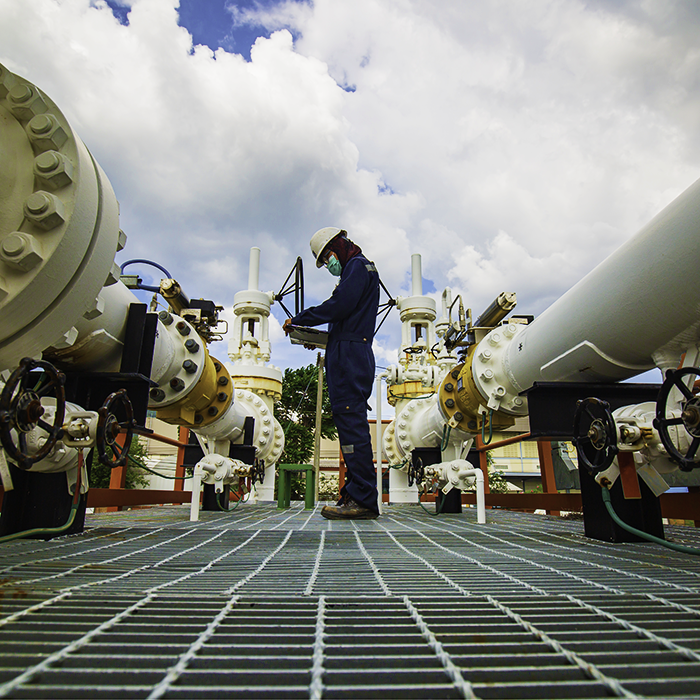Process Instruments
Process instruments are essential components of any oil and gas operation. They are used to measure and monitor various aspects of the production process, such as pressure, temperature, flow, and level. In this blog post, we will explore the three main types of process instruments used in the oil and gas industry: electronic devices, analog devices, and digital devices. By understanding the different types of process instruments, operators can better maintain their operations and ensure safe and efficient production.
Temperature Transmitter
Thermocouples are the most widely used type of temperature transmitter. They measure temperature by detecting small differences in electrical potential between two dissimilar metals. Thermocouples are relatively inexpensive and very accurate, making them the ideal choice for applications where a high level of accuracy is not required. However, they have a limited temperature range and can be affected by vibration and noise. RTDs measure temperature through electrical resistance. They offer higher accuracy than thermocouples, but also have a limited temperature range. RTDs are also prone to error due to interference from electrical currents or magnetic fields, so they must be placed away from such sources. Thermistors are semiconductors that measure temperature through a change in electrical resistance. They are very accurate and have a wide temperature range, making them ideal for applications with demanding accuracy requirements. However, they require calibration, which can be costly and time-consuming. When selecting a temperature transmitter for oil and gas production, it is crucial to consider the environmental conditions and the accuracy requirements of the application. Each type of process instrument has its own unique advantages and disadvantages, so it is crucial to select the one that best meets your needs.
Pressure Transmitter
There are three main pressure transmitters used in oil and gas operations: diaphragm-sealed transmitters, differential pressure transmitters, and absolute pressure transmitters. Diaphragm-sealed transmitters use a mechanical diaphragm to measure the pressure of a gas or liquid and transmit the information to an electronic device. Differential pressure transmitters measure the difference between two pressures and then convert this information into an electrical signal. Absolute pressure transmitters measure the actual pressure of a gas or liquid and then send this information to an electronic device.
Each type of pressure transmitter has its own unique benefits for oil and gas operations. Diaphragm-sealed transmitters are cost-effective, reliable, and require minimal maintenance. Differential pressure transmitters can be used to detect leaks in pipelines and vessels, while absolute pressure transmitters can be used to measure total pressures in difficult-to-reach areas. All three pressure transmitters are vital instruments used in oil and gas operations. They help operators monitor and control their systems, while also providing reliable readings that can be used to detect problems or potential issues. By investing in the right type of pressure transmitter, oil and gas operations can ensure that their equipment is functioning properly and efficiently.
Flow Meter
One of the most popular types of flow meters used in the oil and gas industry is the Coriolis flow meter. These meters are used to measure mass flow rate, which is important for accurately measuring the amount of fluid being moved through a pipe. Coriolis flow meters are also capable of measuring density, viscosity, and temperature, giving users valuable insight into their operations. Another type of flow meter commonly used in oil and gas production is the ultrasonic flow meter. Ultrasonic flow meters use sound waves to measure flow rate without any physical contact with the fluid being measured. This makes them ideal for measuring hazardous or corrosive liquids without introducing any additional risk. Finally, vortex flow meters are an effective way to measure air or gas flow. These meters work by detecting changes in pressure caused by the formation of vortices in a fluid as it passes through an obstruction in the pipe. Vortex flow meters are particularly useful when measuring turbulent fluids because they provide accurate readings even in challenging conditions.No matter what type of flow meter you choose, it’s important to understand how it works and its capabilities before making a purchase. With careful selection, the right flow meter can go a long way toward optimizing your oil and gas operations.




0 Comments